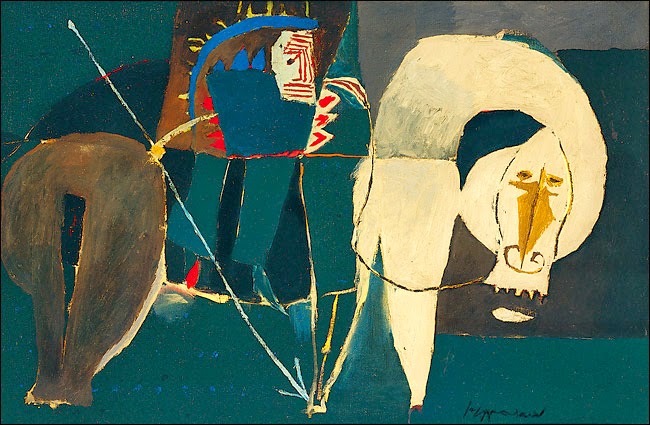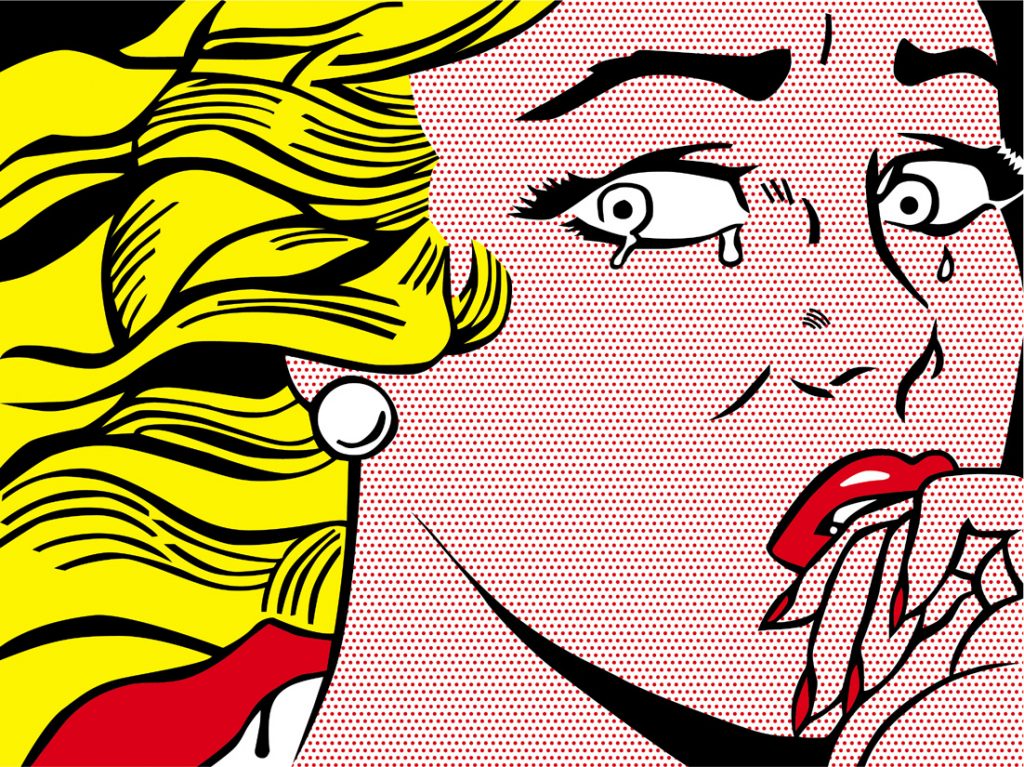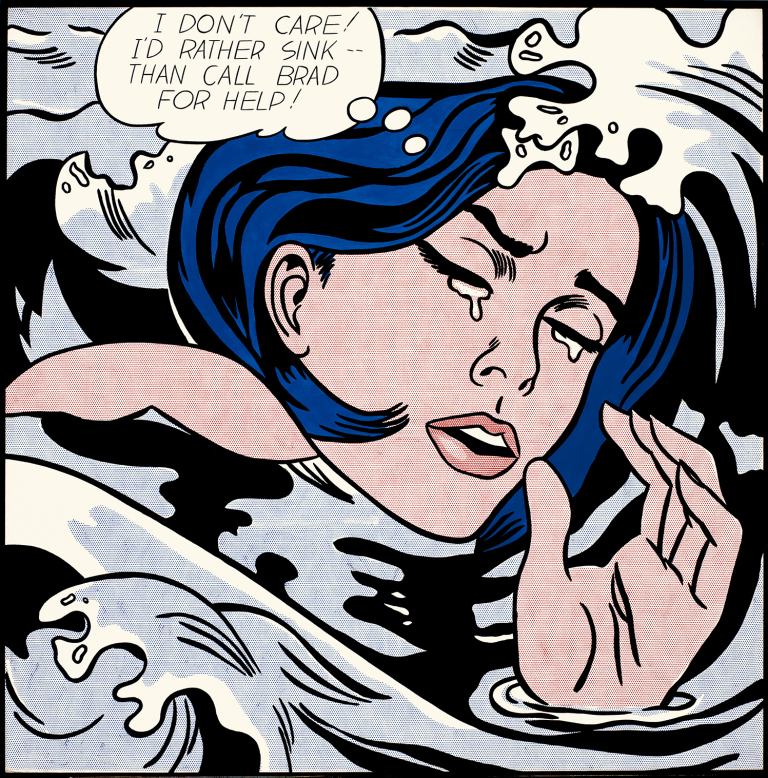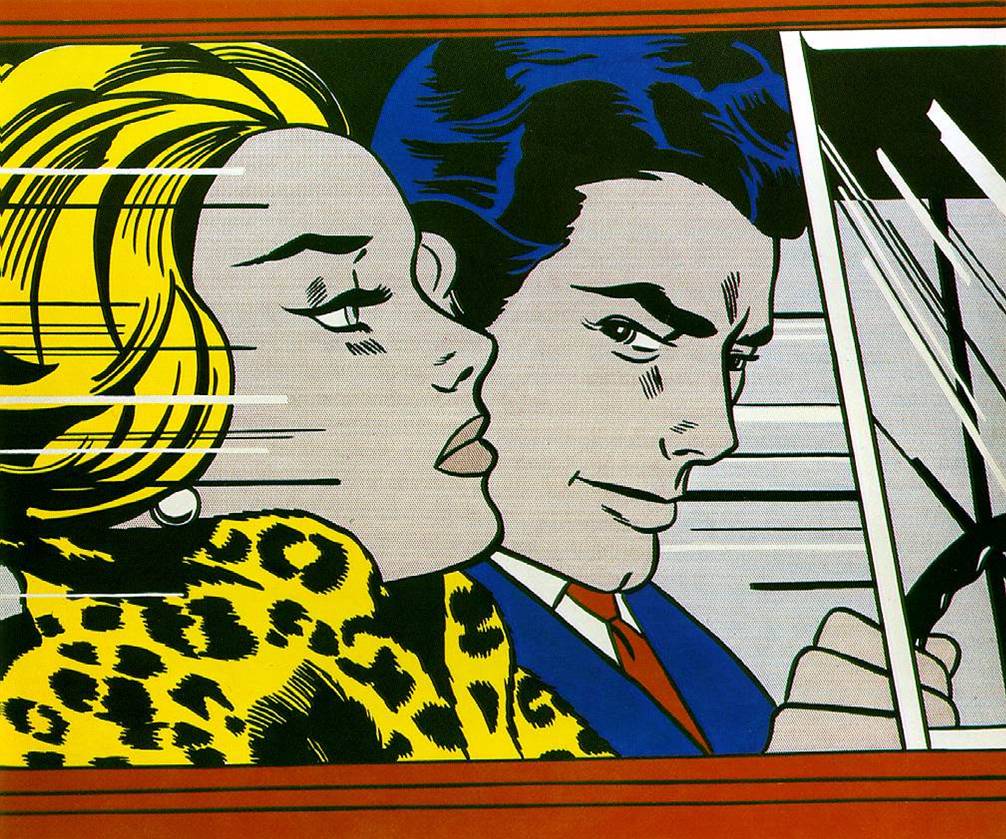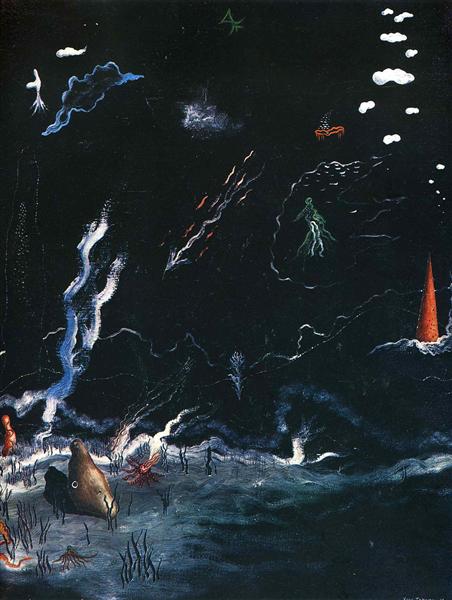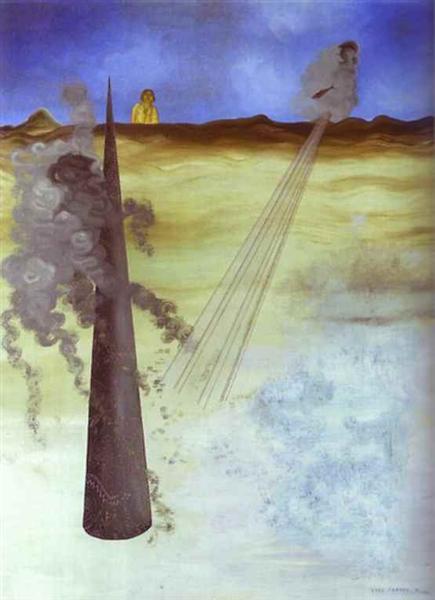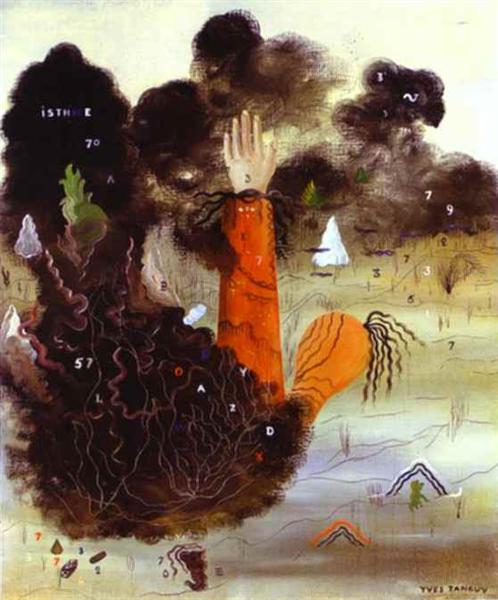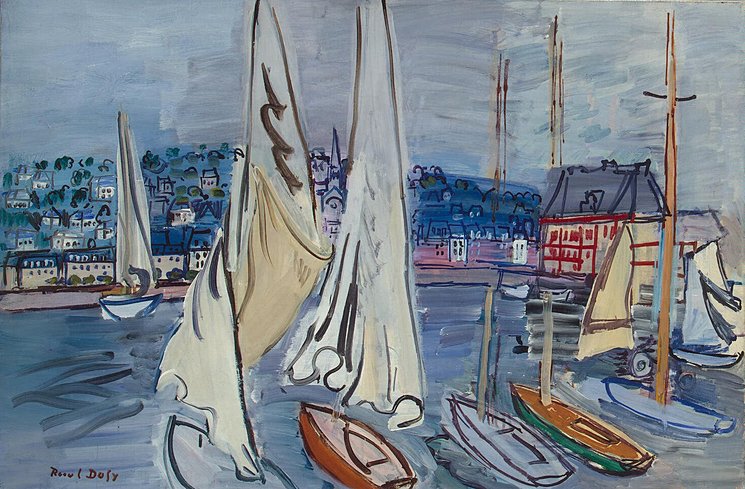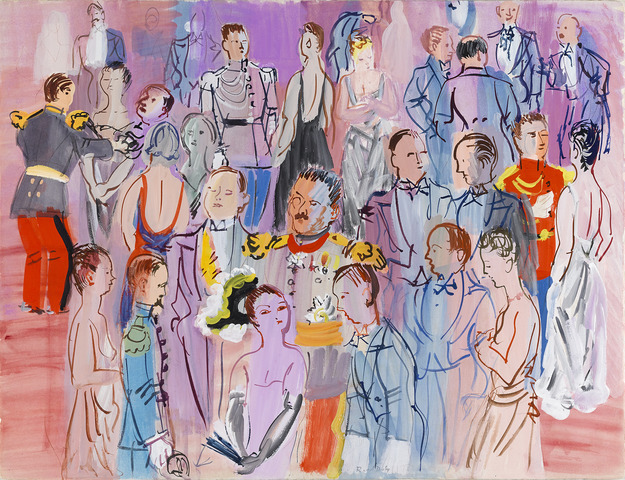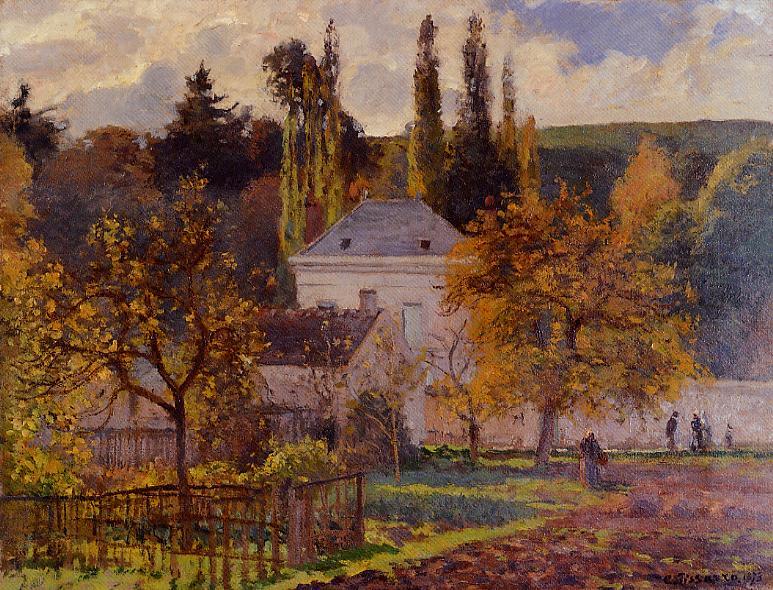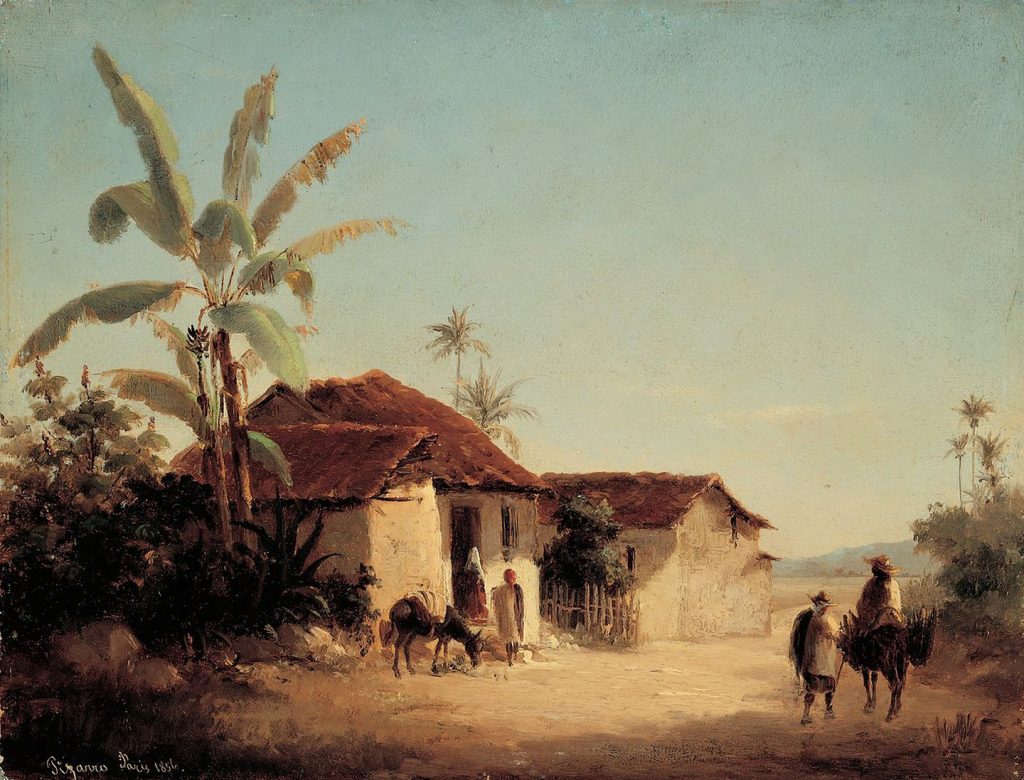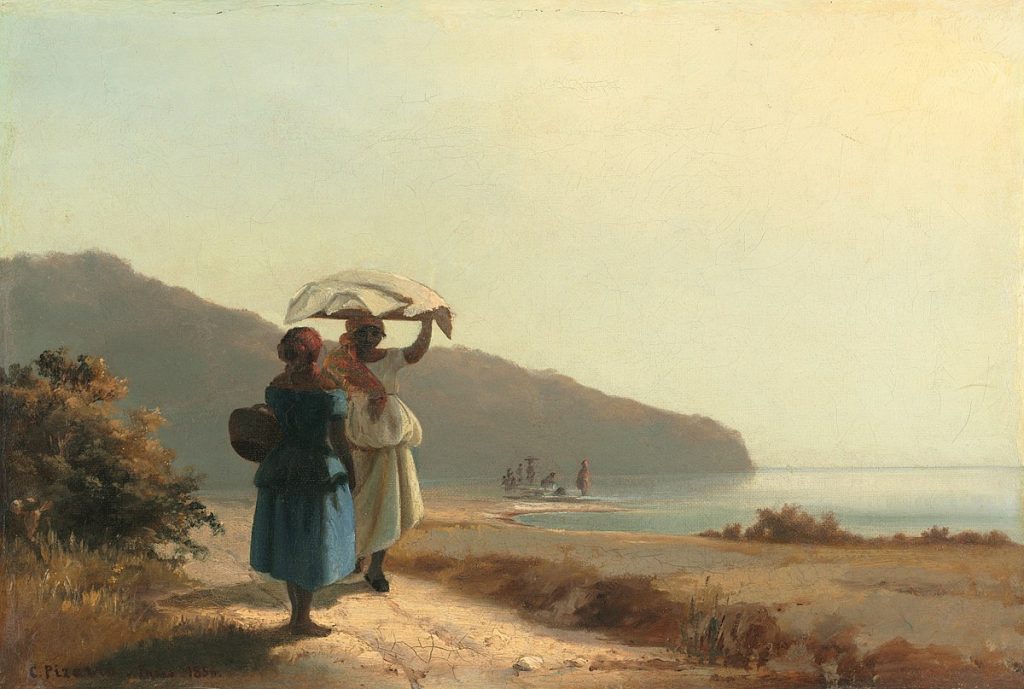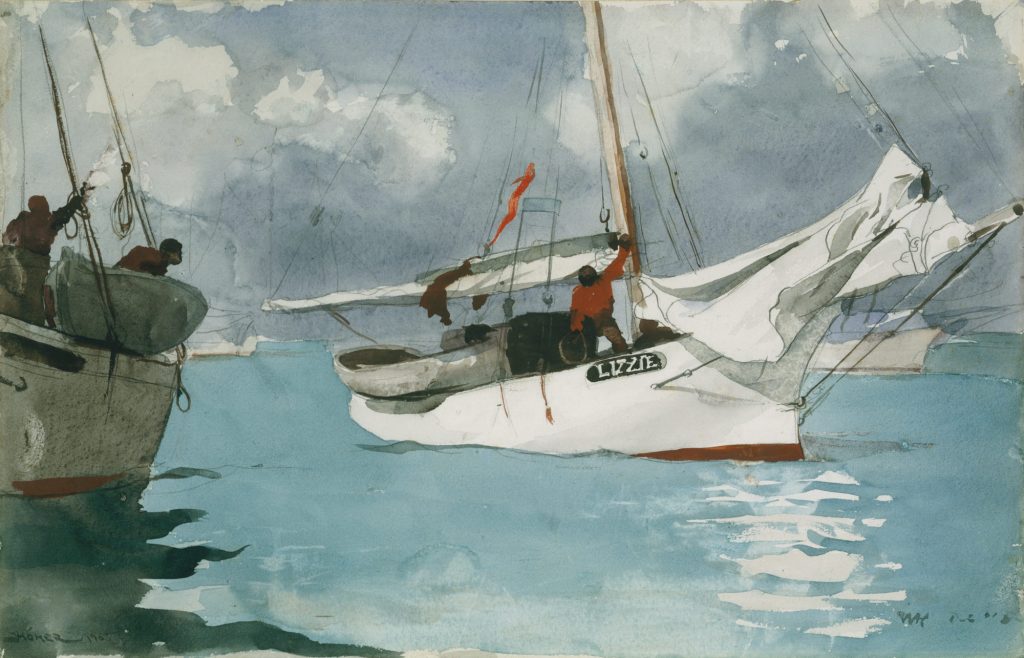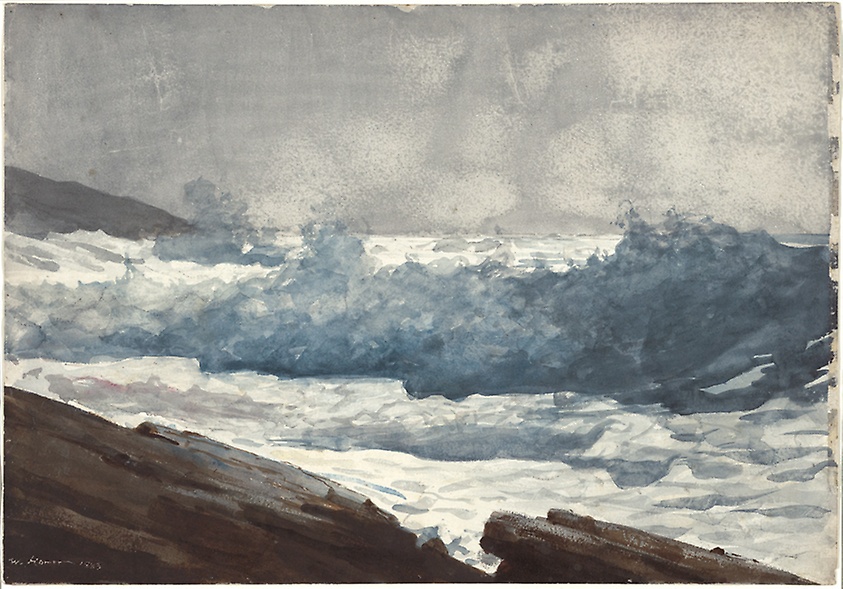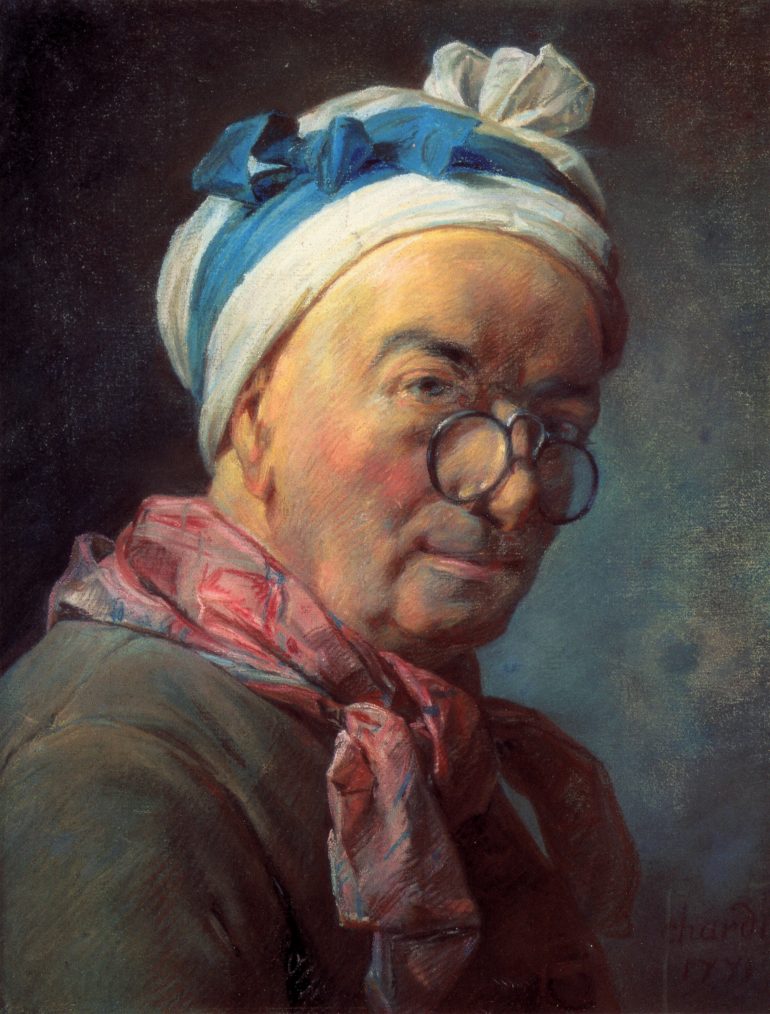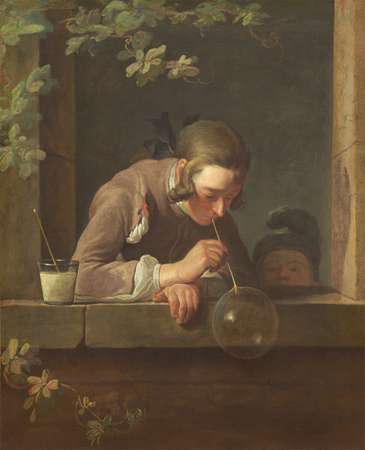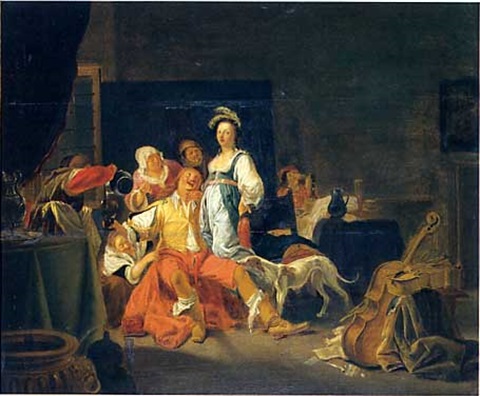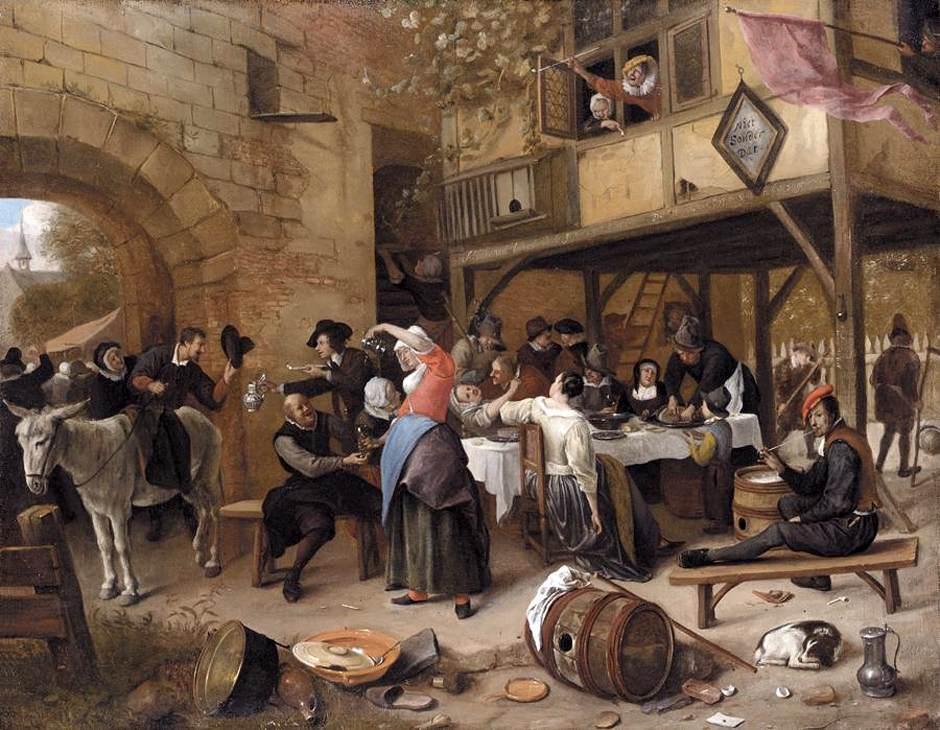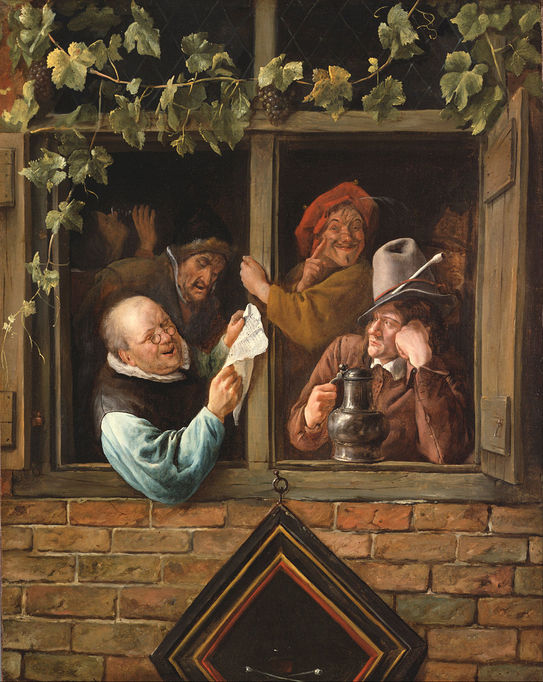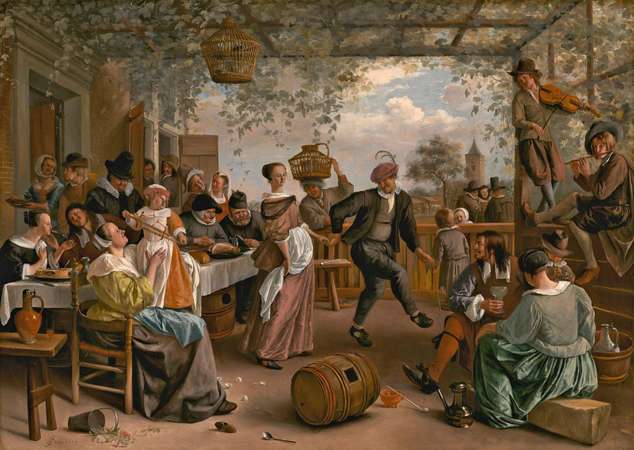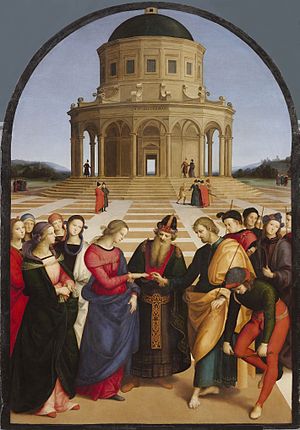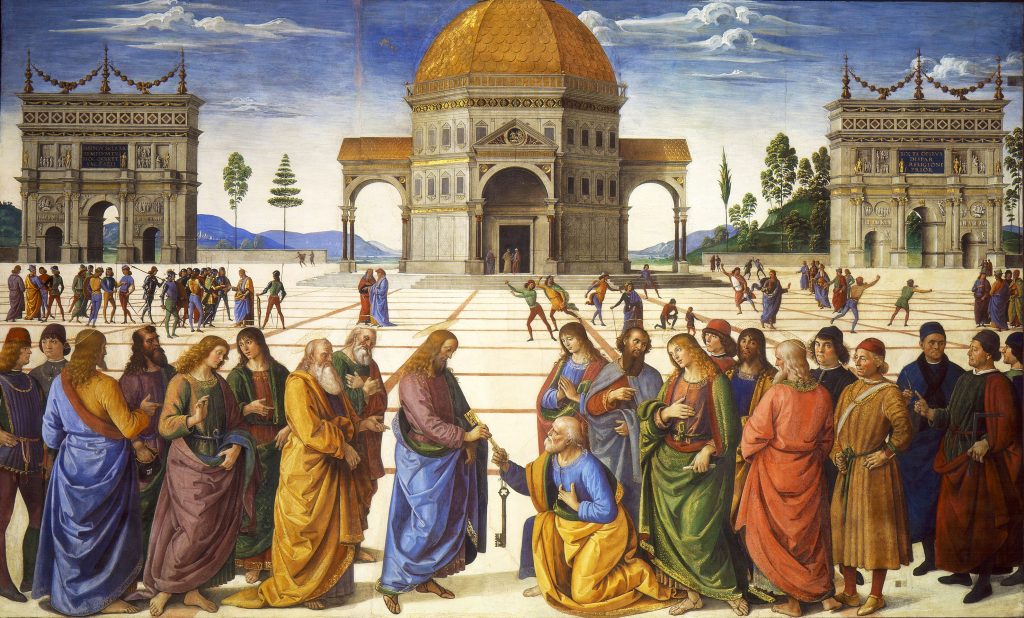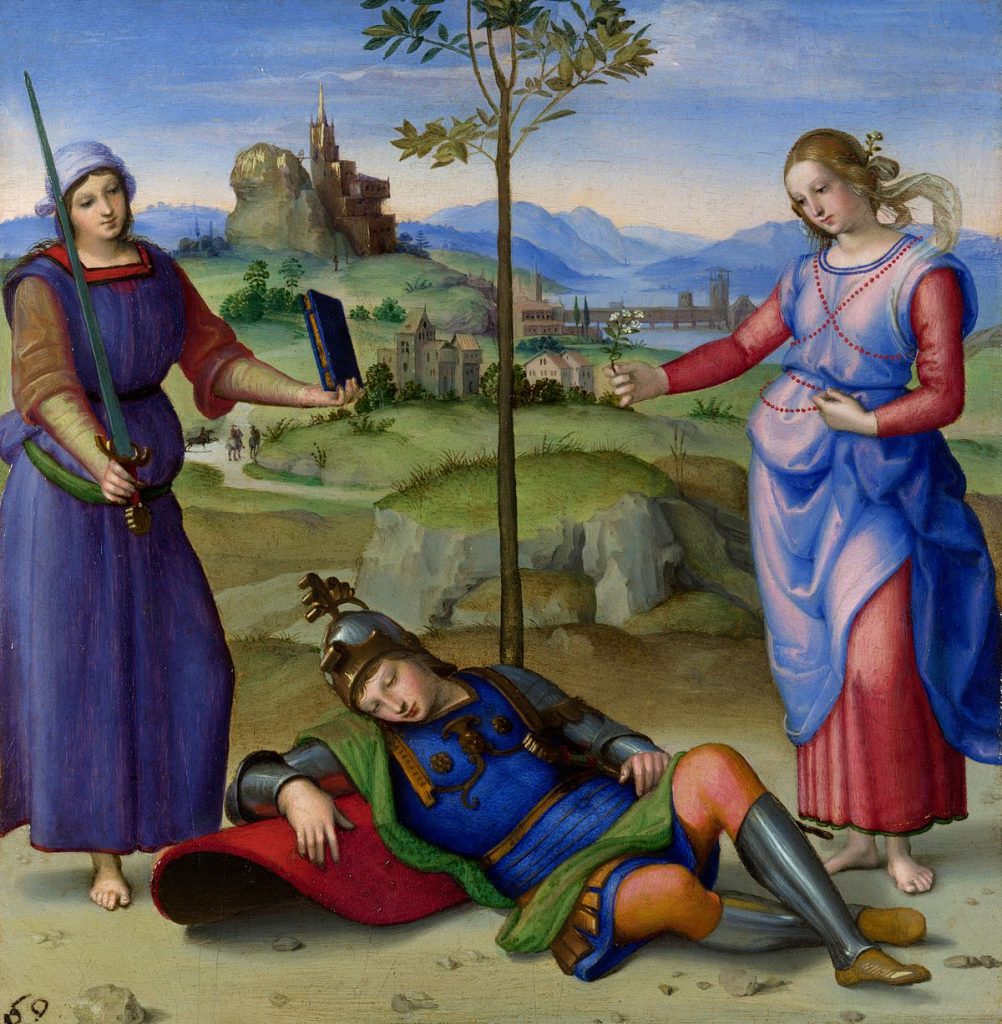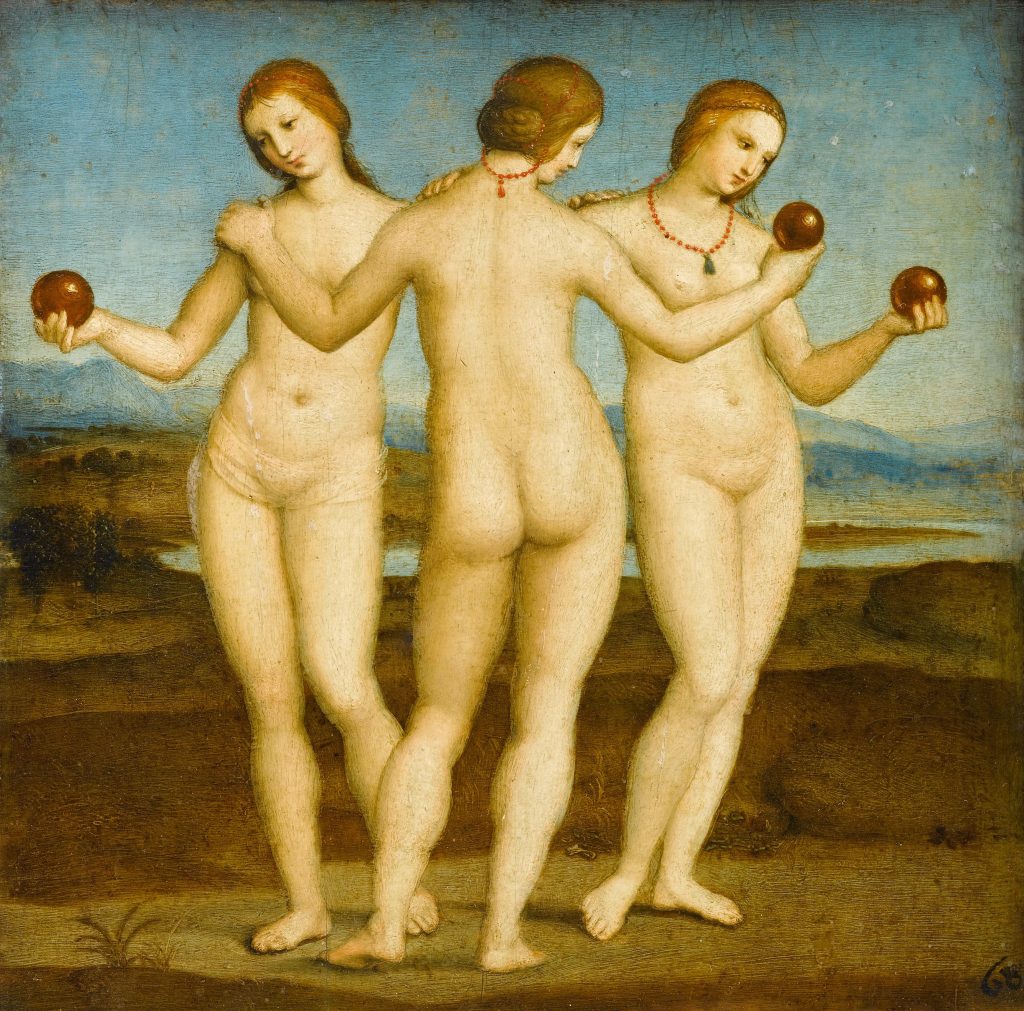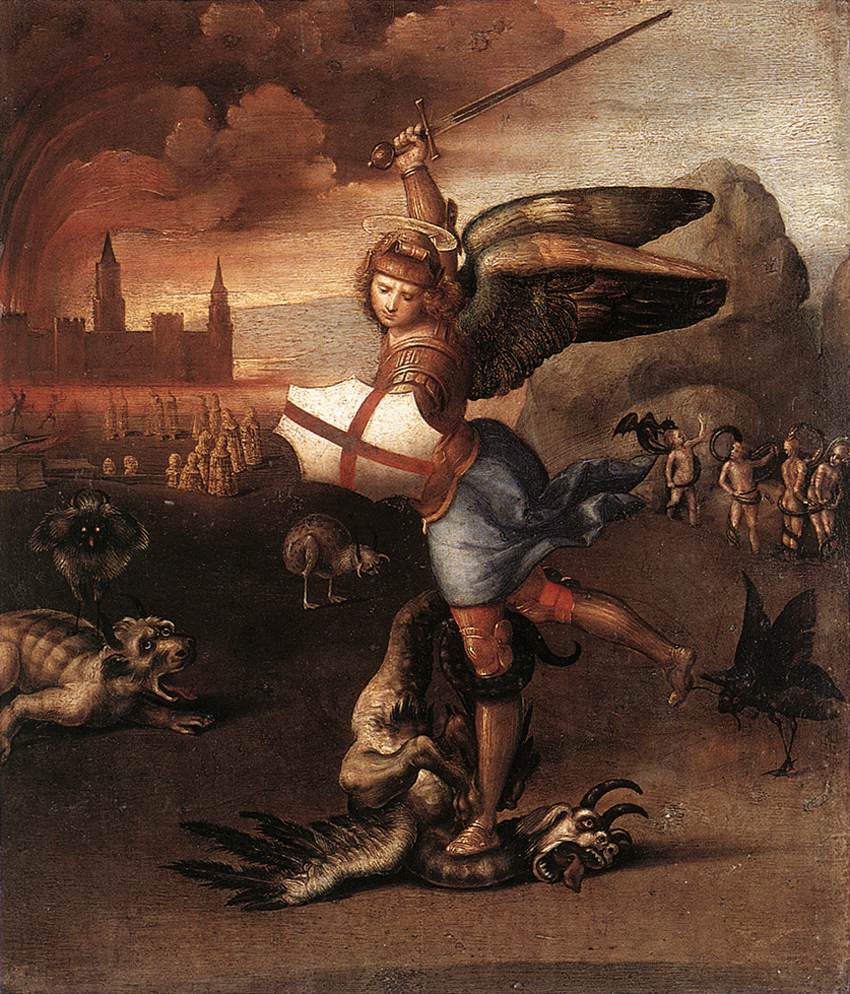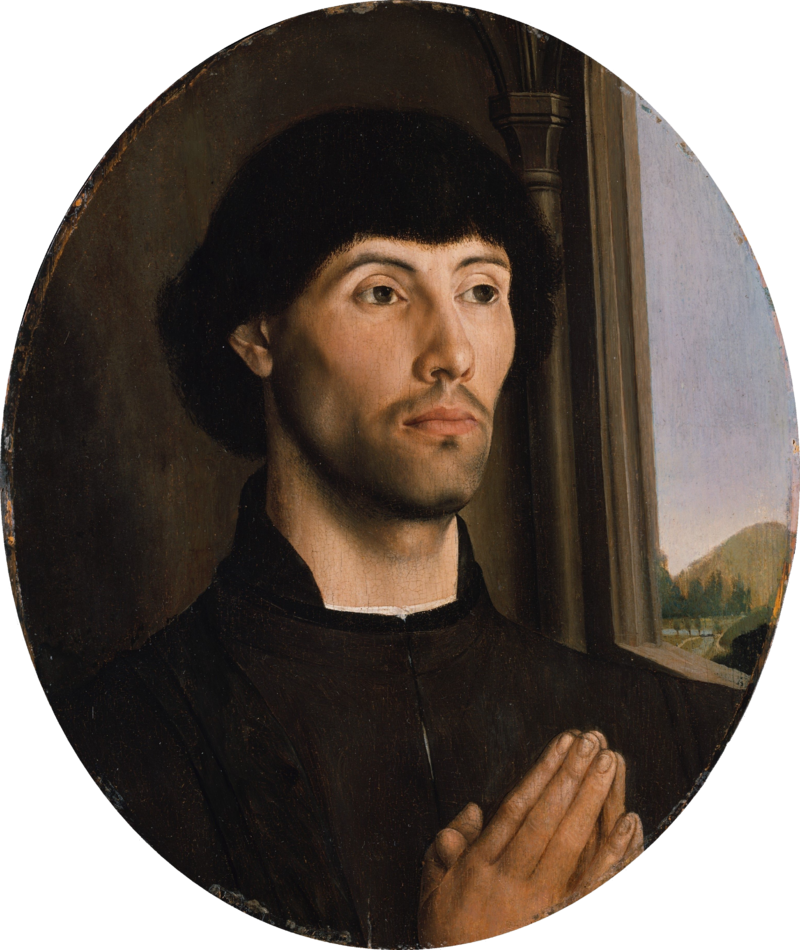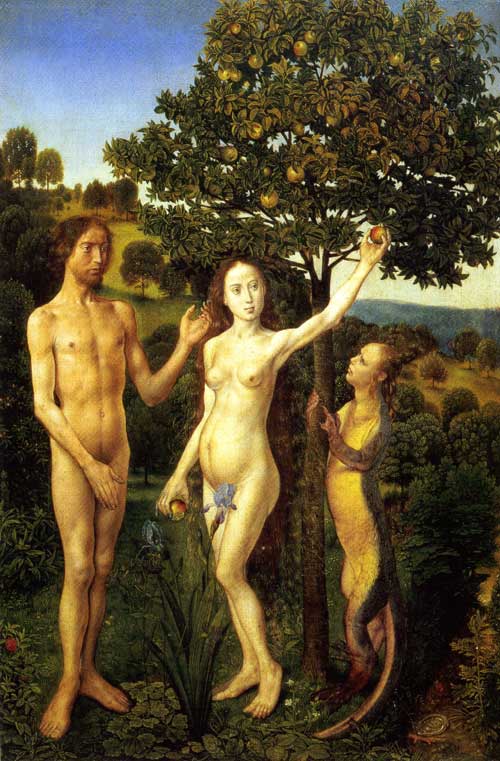LISA YUSKAVAGE (1962-PRESENT)
Lisa Yuskavage is a female conventional painter who enjoys painting nude female figures. Her painting style is best described as a combination of both realism and abstract. Yuskavage was born in Philadelphia, Pennsylvania where she graduated from Temple University with a BFA. She then moved to New York City where she now exhibits her paintings. Yuskavage’s paintings provocative paintings take inspiration from a blend of soft porn magazines such as “Penthouse” and artworks by Baroque artist Peter Paul Rubens.

“Penthouse magazine” (1978) was one of Yuskavage’s biggest inspiration to painting female erotica.
https://archive.org/details/penthouse-1978-10
Yuskavage admires Peter Paul Rubens as he is best known for his flesh nude paintings.
https://www.theguardian.com/artanddesign/jonathanjonesblog/2014/apr/15/top-10-female-nudes-art
Lisa Yuskavage’s paintings are really amazing in my opinion. She is very good at capturing the mood she wants to convey in her paintings. I think what helps her with that is how she is able to include artificial lighting in each painted scene to make it look realistic. What is interesting about this technique is that the hues Yuskavage uses in her paintings feel fanciful, almost as if it were straight out of an “Avatar” movie. My favourite painting by Yuskavage is her “Self Portrait” (2017). At first when I saw this painting I thought she drew herself with three legs, but as I looked closer, I realized there is a man standing behind her, almost ghost- like grabbing her by the waist. It is a very different approach to a self portrait like the ones I’ve seen from different art periods. I admire Yuskavage’s careless attitude as she is not afraid to paint herself in such a revealing manner. She does not dwell on the critics opinions as she continues to draw women in a strong yet erotic way. I am glad that not all art history was dominated by the male gender painting nude women. I like how I get to see the shift in female erotica, how Yuskavage’s paintings feel more genuine knowing that it was painted by a female herself.

https://www.yuskavage.com/artwork/4543
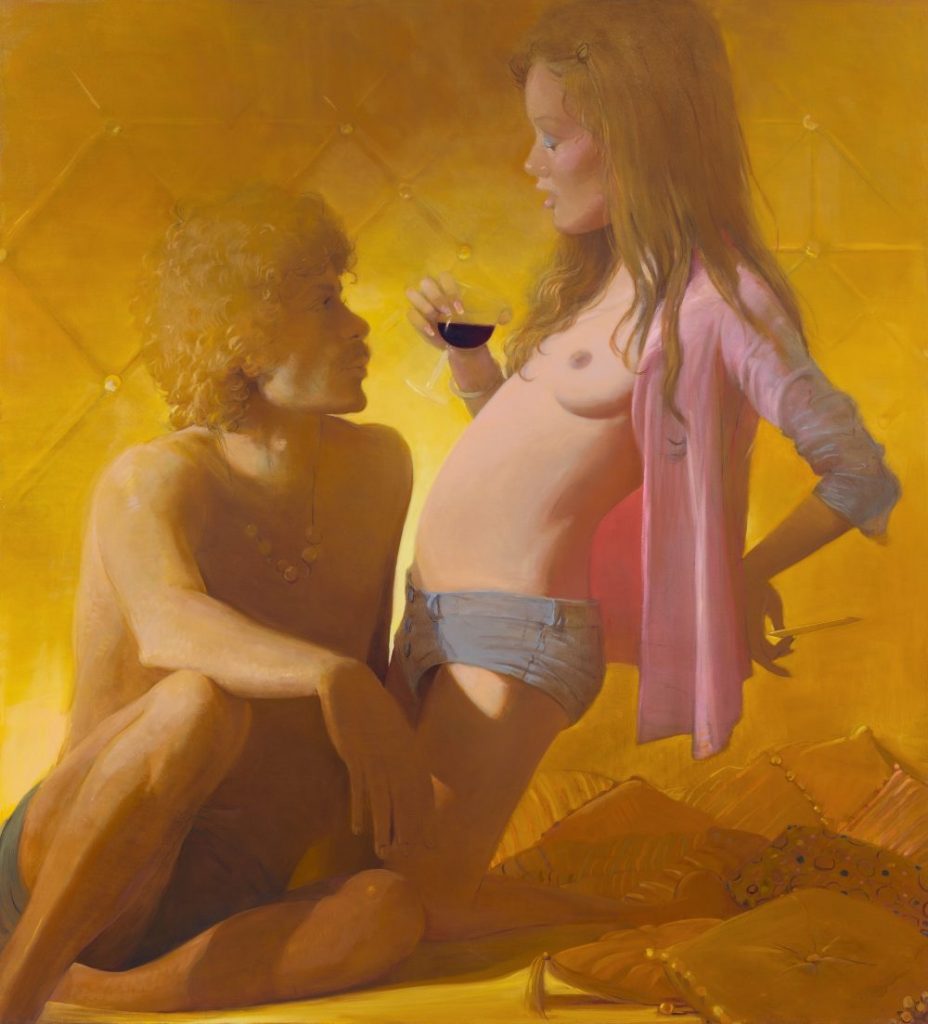
https://www.yuskavage.com/artwork/4565

https://www.yuskavage.com/artwork/4598
Sources:
https://brooklynrail.org/2009/03/art/in-conversation-lisa-yuskavage-with-phong-bui
https://en.wikipedia.org/wiki/Lisa_Yuskavage
